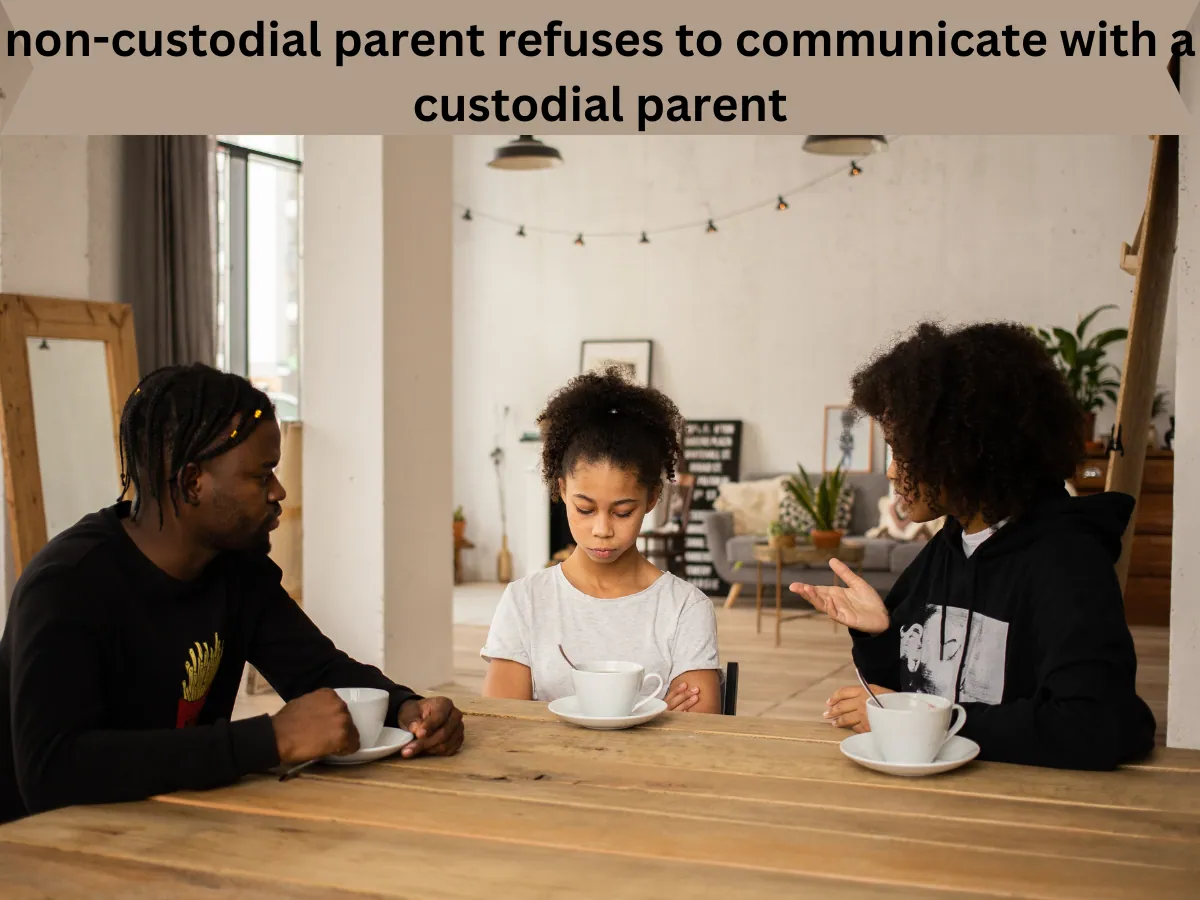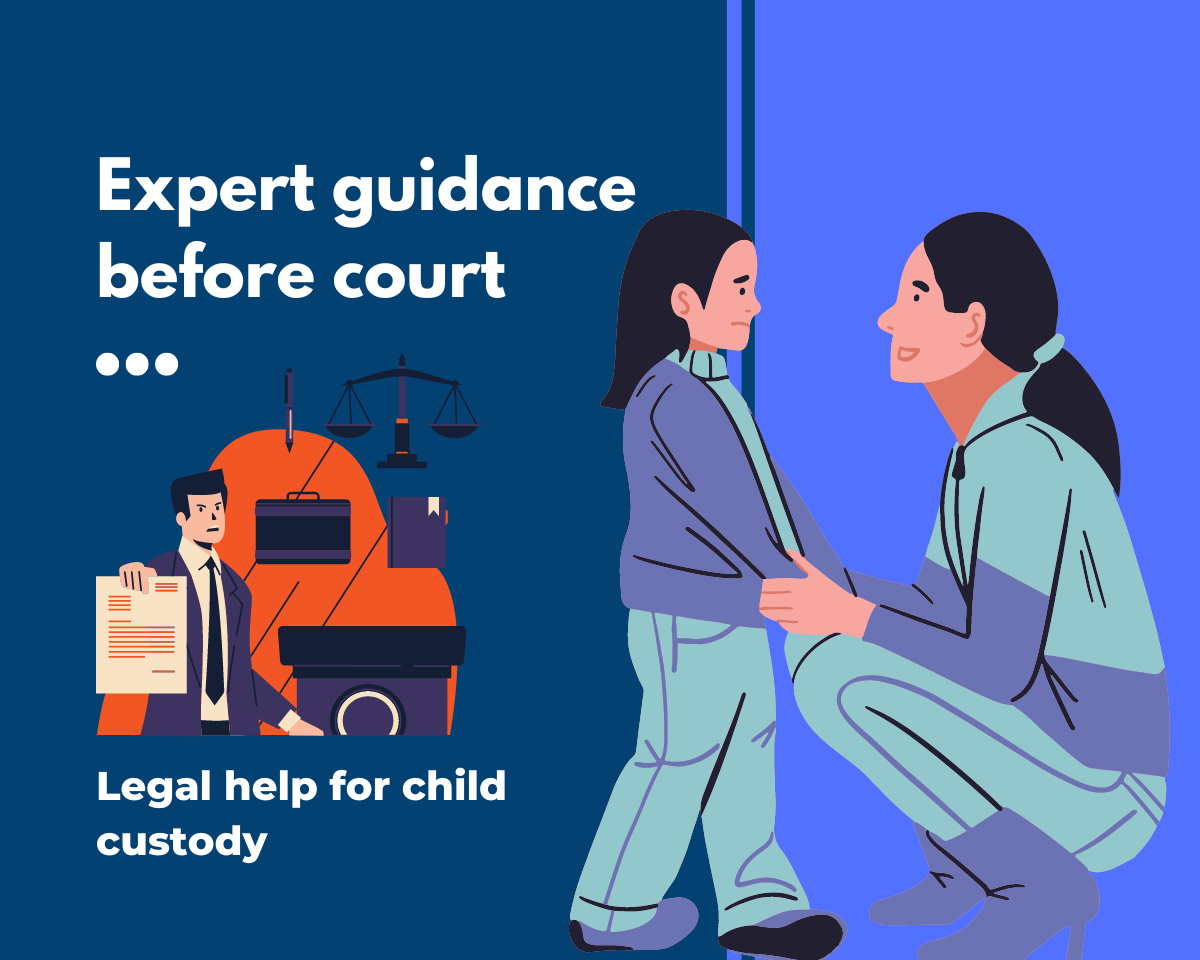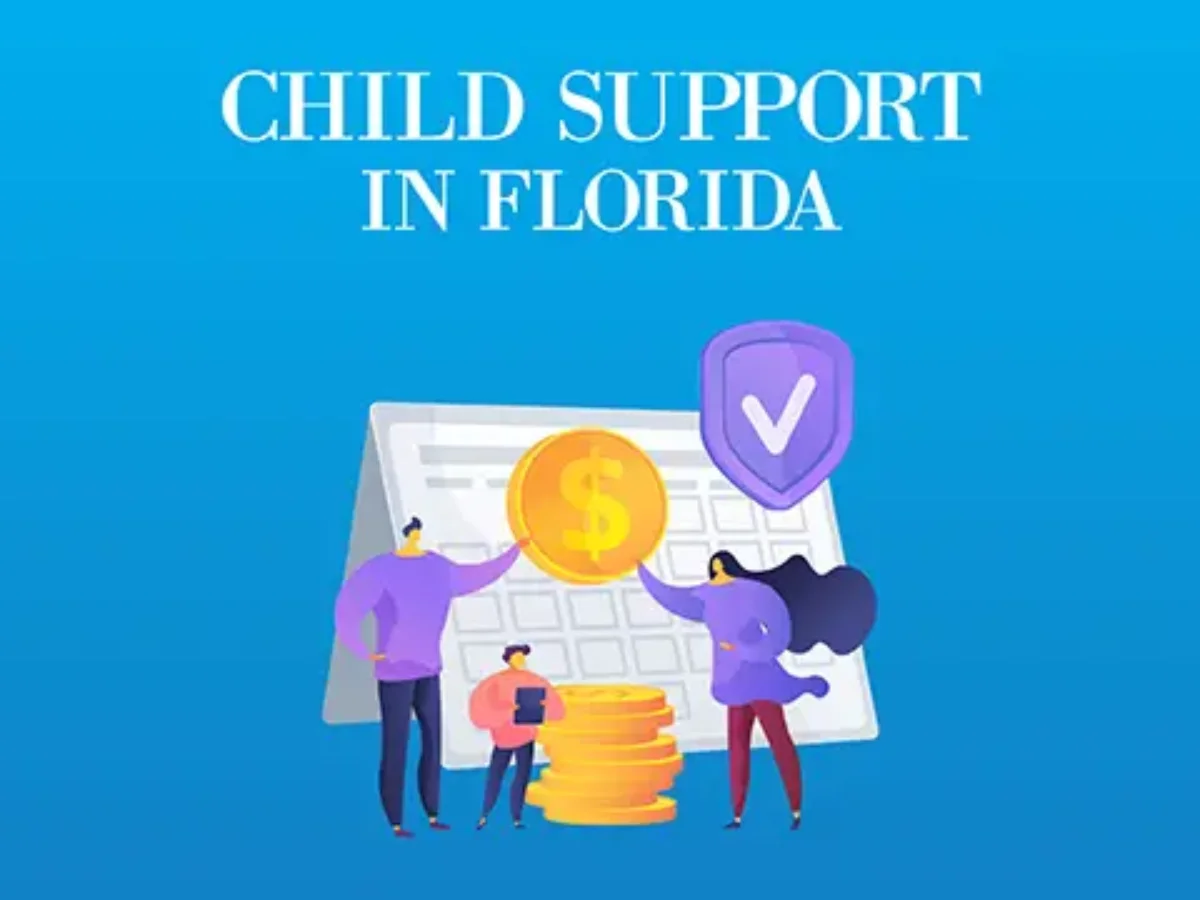Introduction: non-custodial parent refuses to communicate with a custodial parent
Co-parenting can be a rewarding journey that ensures the well-being of children even after separation or divorce. However, when a non-custodial parent refuses to communicate with the custodial parent, it can lead to frustration and complications. In this comprehensive guide, we delve into the intricacies of managing such a situation, providing practical advice, personal experiences, and expert insights.
Non-Custodial Parent Refuses to Communicate with Custodial Parent: A Challenging Scenario
Dealing with a non-custodial parent who refuses to communicate can create a host of difficulties. From missed visitations to a lack of shared parenting decisions, the custodial parent may feel isolated and unsupported. Addressing this issue requires understanding, empathy, and effective communication strategies.
The Impact of Communication Breakdown on Children
Children thrive in stable and harmonious environments. When communication breaks down between co-parents, it can have a negative impact on the children’s emotional and psychological well-being. Uncertainty, conflicting information, and a sense of tension can all affect a child’s development and overall happiness.
LSI Keywords:
- Co-parenting communication strategies
- Effective communication in co-parenting
Open and constructive communication forms the cornerstone of successful co-parenting. By fostering a healthy dialogue, parents can provide a sense of security for their children while working together to address their needs. Communication is the bridge that connects households and ensures consistency for the children.
Overcoming Challenges: Strategies for Re-establishing Communication
LSI Keywords:
- Co-parenting conflict resolution
- Rebuilding communication with the non-custodial parent
1. Setting Clear Expectations
Transparently defining roles, responsibilities, and expectations for both co-parents can alleviate misunderstandings and foster cooperation.
2. Utilizing Technology
Leveraging communication tools such as apps, email, or messaging platforms can provide a structured way for co-parents to communicate without direct interaction.
3. Mediation and Counseling
Professional mediation or counseling can offer a neutral space for co-parents to address their concerns and work towards a resolution.
4. Creating a Co-Parenting Plan
Collaboratively crafting a detailed co-parenting plan ensures that both parents are on the same page regarding schedules, responsibilities, and major decisions.
Common Concerns and Expert Insights
LSI Keywords:
- Co-parenting difficulties
- Co-parenting solutions
FAQs
Q: How can I encourage the non-custodial parent to communicate more effectively?
Fostering effective communication requires patience and understanding. Focus on the well-being of your child, emphasize the importance of joint parenting, and acknowledge their perspective. Offering to use neutral platforms for communication can also help reduce tension.
Q: What if the non-custodial parent still refuses to communicate?
In such cases, seeking legal advice or mediation may be necessary. Legal professionals can provide guidance on enforcing communication agreements, while mediators can facilitate productive conversations.
Q: How can consistent communication benefit the children?
Consistent communication between co-parents provides children with stability, a sense of security, and the understanding that both parents are actively involved in their lives.
Conclusion
Successfully co-parenting requires commitment, compromise, and effective communication. When faced with a non-custodial parent who refuses to communicate, it’s essential to prioritize the well-being of the children and explore various strategies to bridge the gap. By embracing open dialogue and seeking professional assistance when needed, co-parents can create a nurturing environment that supports their children’s growth and happiness.
Contents
- 1 Introduction: non-custodial parent refuses to communicate with a custodial parent
- 1.1 Non-Custodial Parent Refuses to Communicate with Custodial Parent: A Challenging Scenario
- 1.2 The Impact of Communication Breakdown on Children
- 1.3 Navigating Emotions: Why Communication Matters
- 1.4 Overcoming Challenges: Strategies for Re-establishing Communication
- 1.5 Common Concerns and Expert Insights
- 1.6 FAQs
- 2 Conclusion




















